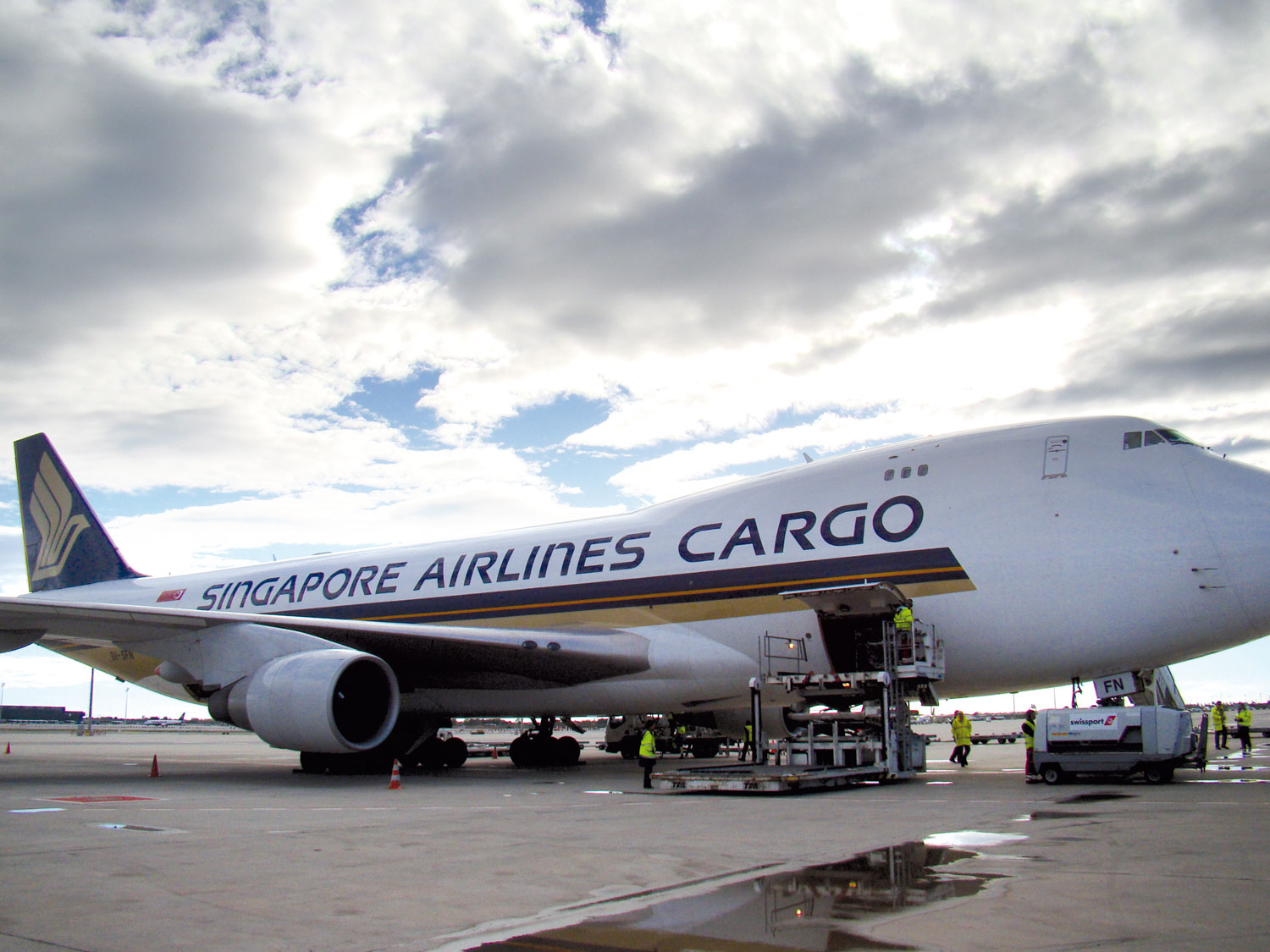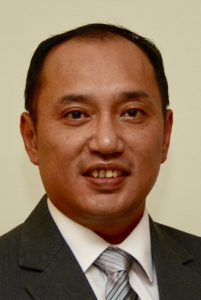
Along with other stakeholders of the air cargo industry and its supply chain, Singapore Airlines Cargo, a wholly owned subsidiary of Singapore Airlines, started the year off on a positive note. Achieving important milestones, the carrier has seen healthy growth, despite the unexpected loss from 2016 fourth-quarter. Payload Asia has the story.
The beginning of 2017 saw Singapore Airlines (SIA) Cargo reaching important milestones, as well as making moves planned to improve efficiency through greater synergy within the SIA group.
According to the International Air Transport Association (IATA) data, this year, the air cargo industry posted its strongest first half year growth since its rebound from the global financial crisis in 2010. This growth seems to have carried on into the third quarter and is projected to keep rising into the industries peak period.
SIA Cargo experienced healthy cargo volumes throughout the first half of 2017. “In terms of freight ton-kilometres (FTKs) we saw an increase of three percent against a one percent capacity reduction in the first quarter of the year and in the second quarter an additional seven per cent increase, against one per cent capacity growth,” confirmed Alvin Tay, VP Sales and Marketing, SIA Cargo, speaking about the carriers’ performance in the first year.

Another high point for the carrier came when it was named the first airline in the Asia Pacific region to obtain the IATA Centre of Excellence for Independent Validators in Pharmaceutical Logistics Certification (CEIV). The accreditation which came at the beginning of 2017, was in recognition of the carrier’s capabilities in handling high-value, time sensitive and temperature controlled pharmaceutical cargo with speed reliability and efficiency.
“The stringent requirements of the certification ensure operational readiness for the carriage of pharmaceutical or healthcare products, with most of the benchmarks coinciding with existing operational standards within SIA Cargo,” said Tay addressing how obtaining the certification has impacted daily operations. He went on to add, “The process of obtaining the certification provided a good avenue to consolidate and review our existing practices, further build up operational coordination at our hub for pharmaceutical shipments, and upgrade our training programme.”
The Asia-Pacific freight market being the largest in the world, accounts for about 40 per cent of total global trade. Having SIA Cargo, one of the largest carries in the region, achieve CEIV Pharma Certification is a step that will significantly boost not just what the airline can offer its customers but also expose the region’s performance to new opportunities.
The carrier operates a dedicated fleet of seven Boeing 747-400F freighters, and is also in charge of the cargo capacity on the passenger flights operated by Singapore Airlines, Silk Air and Scoot. Attaining the certification has also boosted and certified the three airlines, which collectively connect over 100 destinations. They are now all CEIV Pharma certified.
“IATA has created the CEIV Pharma to help airlines, handlers and forwarders to be compliant with international regulations and to create one global standard for transporting pharmaceuticals. We congratulate SIA Cargo on their achievement and for taking the industry one step closer to having a global standard for transporting pharmaceuticals.” said Mr Glyn Hughes, IATA Global Head of Cargo.
New Directions
Singapore Airlines’ participation in the cargo business can be dated back to over 50 years ago, however, it wasn’t until July 1992 that a full-fledged Cargo division was formed. July 2001 saw the corporatization and development of the division into an independently managed subsidiary that could devote more attention to the cargo business. It was announced earlier in the year that the SIA Cargo would be re-integrated as a division within SIA. “Some reorganisation was done during first half of 2017 to enhance sales and operations capabilities, and intensify our focus on technology,” said Tay.
Apart from attaining the IATA CEIV Pharma Certification, the carrier has also reinforced their “verticals” programme to meet different industries’ needs during 2017, another noteworthy milestone.
Tay went on to explain that the Verticals programme was created in tandem to capture opportunities in selected industries such as e-Commerce. Through meeting customers logistics needs with the quality and speed of its services, the carrier has seen positive growth in volumes such as e-commerce, aerospace, perishables, and healthcare movements as well.

Always looking for ways to strengthen its value proposition to its customers, 12 new belly-hold destinations were added to the groups network during 2016. The groups worldwide network has continued to expand during the first half of 2017 with service to Stockholm and Athens, with more upcoming destinations in the second half of the year to Hiroshima, Harbin and Honolulu.
“Our extensive network provides greater flexibility for customers to meet airfreight demand, while allowing them to enjoy inimitable levels of service excellence across the globe. Staying in tune with our customers’ evolving requirements also holds great importance as we continue building our capabilities to enhance our product offerings. We bolstered our ‘verticals’ programme last year to develop in segment-specific capabilities, and it remains an integral strategy throughout 2017 as we strive to be nimble in a mutable business environment,” said Tay.
Results from specific targets
“Our drive to digitalize has also yielded industry-leading adoption rates for e-AWB under IATA’s larger e-freight initiative,” commented Tay in response to the carriers adoption of digitization. “We recognise the mounting importance of digitalisation and we are currently working on a number of projects to better leverage on IT and data. We are also undertaking a thorough review of our digital roadmaps for medium to long term plans. This involves assessing current and emerging technologies and their potential to change how we conduct our business.”
SIA Cargo proactively invests in training and systems that will both improve internal processes and elevate service quality to the benefit and satisfaction of customers. In conjunction with its ground handling partner, they have developed the use of RFID tags and scanners for accurate and timely tracking of express shipments. Internally, the roll-out of salesforce mobility tools has streamlined collaboration between the sales teams to better serve customers.
It is imperative that airlines and cargo carriers leverage on technology to meet the unique and changing needs of customers across various product segments. The adoption and implementation of various updated technology methods is but one of the strategies the carrier has used to maintain its advantage in the face of commoditisation and increasing competition.
E-commerce is another area holding immeasurable potential for the carrier, having already grown 15% in the last financial year, as a direct result of targeted efforts.
“We are constantly monitoring our network performance to maintain optimal coverage and competitive advantage. As a result, we assembled a dedicated e-Commerce team to grow partnerships with key players and design customised solutions where needed,” said Tay.
With thriving volumes, it has become imperative to enhance operational capabilities in order to keep pace with demand. The e-Commerce Airhub which is located in Singapore is one such initiative driven by the carriers ground handling partner to introduce automation, with the aim of shortening transit time for its e-Commerce shipments. Tay shared that there are other initiatives in the pipeline that will offer even more support to customers in the fast-growing segment, urging everyone to “watch this space.”
Moving forward
Along with other industry stakeholders, SIA Cargo are gearing up for the fourth and final quarter of the year, encouraged not only by how great the industry has been performing to date but also by the early demand they are already seeing from customers securing capacity for the year end peak season.
In the current environment of stronger demand and tighter capacity, the key challenge Tay predicts for the carrier going into peak season lies in maximising its aircraft utilisation and the deployment of resources to meet all the customers’ demands. But as this is a challenge they are anticipating, he goes onto add that they have already put several operational initiatives in motion to meet this challenge.
Regarding his view on industry-wide challenges, Tay goes onto echo the message of the industry on the industry’s need to work on smooth implementation of the IATA-FIATA Air Cargo Program (IFCAP) over the next few months. IFACP, will replace the current Cargo Agency Program and is set to be rolled out globally during the fourth quarter, following the Canadian pilot during August 2017,
When discussing the carriers plans and strategies moving forward, Tay reiterates SIA Cargo’s commitment to technology, sharing how it is always looking at ways to accelerate its adoption rate and use of data analysis to improve business processes. “Our strategy moving forward is to continue improving our sales and operation capabilities, as well as better leveraging technology and data to fuel our competitive edge.”








